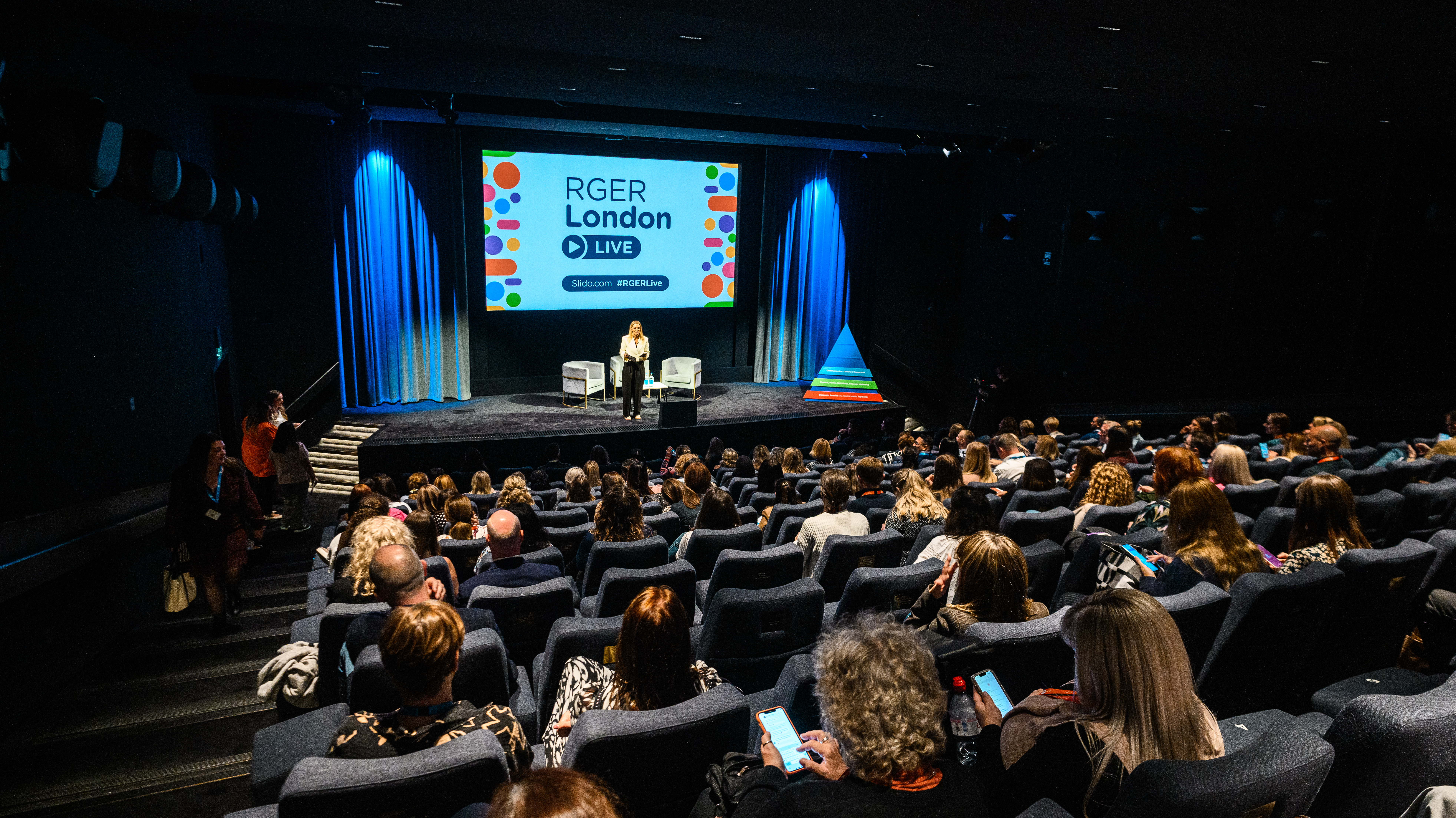
3 min read
When I started out in internal communications and engagement (almost a decade ago), I thought it was all about getting the right message out. That a well-crafted email or a catchy poster would be enough to engage people or change their behaviour. I’ll cut to the end of that story and tell you that it definitely wasn’t enough.
What I learned over time was that it’s about the conversation and also that you don’t have to get it right instantly.
Communications are for life, not just for Christmas, and so with everything we communicate to employees, we have an opportunity to refine it, test it and improve it for next time.
Here are a few examples of how assumption failed me, and how I overcame it:
Assumption: Your content is magic
A common assumption is that you know exactly how your employees like to be communicated with and at what time of day. But when I started a weekly eNewsletter at that previous job, the analytics showed that the articles that I thought were interesting weren’t being read, and the ones that were “fillers” were by far the most popular.
We sometimes forget that it’s not about the message we want to push out, but actually what your people want to know.
You can use that information to tailor and segment your content better and also communicate important updates in a way that people like to consume it.
Learn more about how to engage your workforce with diverse communications »
Assumption: All employees read communications at the same time
I had also been told that Thursday at 11 a.m. or 2 p.m. was the best time to send a newsletter (an old marketing wives’ tale because every business is really different). So, that’s what I did. I sent it every Thursday at 11 a.m….for a whole year! After running an audit on all of our communications channels I realised that people in other countries just weren’t reading the newsletter. It doesn’t take a genius to figure out that that’s because I was sending the newsletter to everyone based on UK time zones. I asked a bunch of employees when they would be more likely to read it, and I was told Fridays would actually be better, as they tended to have a little more time. So, I segmented the newsletter and sent it out to all employees on Friday afternoons, but based on their specific time zone.
Readership more than doubled and my boss was pretty happy!

So, think about when your own workforce are more likely to have time to read it. Do you need to better segment your communications to reach different parts of your organisation at different times? It takes a little bit more time, but it’s definitely worth the effort.
The solution to employee communication issues is, well, more communication.
Talking to employees and helping them to be part of the conversation is also really important. Don’t feel afraid to ask them what is and isn’t working, how they best like to receive different types of information, how they would like to join in the conversation or take part, and which channels are most effective. You can use official pulse-style employee surveys, open up comment threads on special announcements, or use engagement analytics behind-the-scenes to come up with some conclusions.
Also remember that your workforce is probably made up of many different ages, people with different backgrounds and also people with completely different employee communications preferences. To make sure you are embracing effective employee communications, it’s important to have a mix of channels to appeal to different people and to make sure you are using different content to suit those who prefer online or offline communications.
And most importantly, don’t stop asking your colleagues and checking the data. Even the smallest improvement to one channel can have a big impact.

 Pippa Arthur-Van Praagh
Pippa Arthur-Van Praagh



